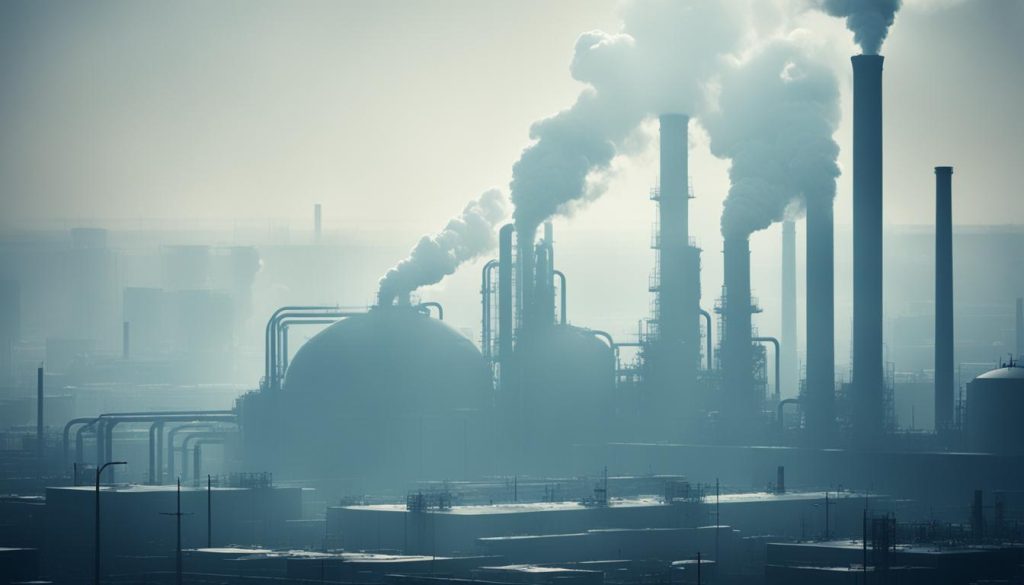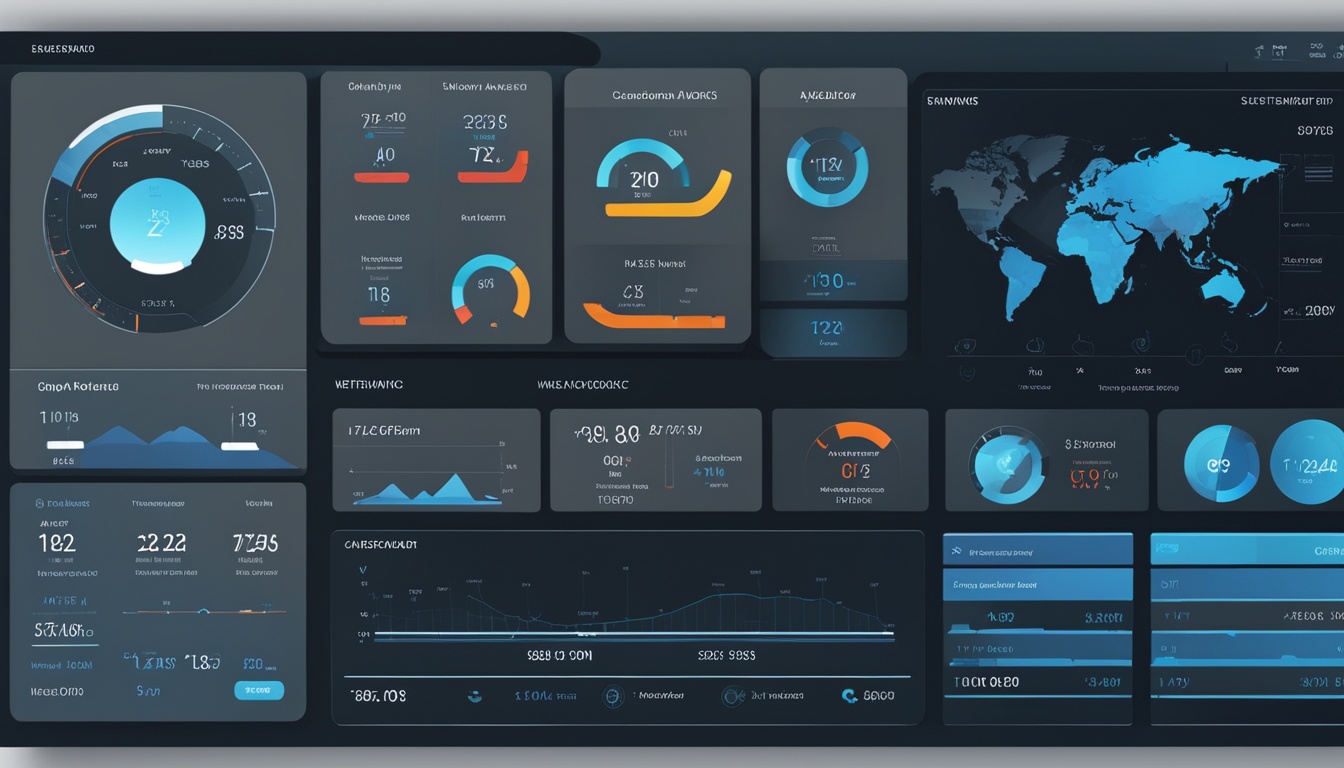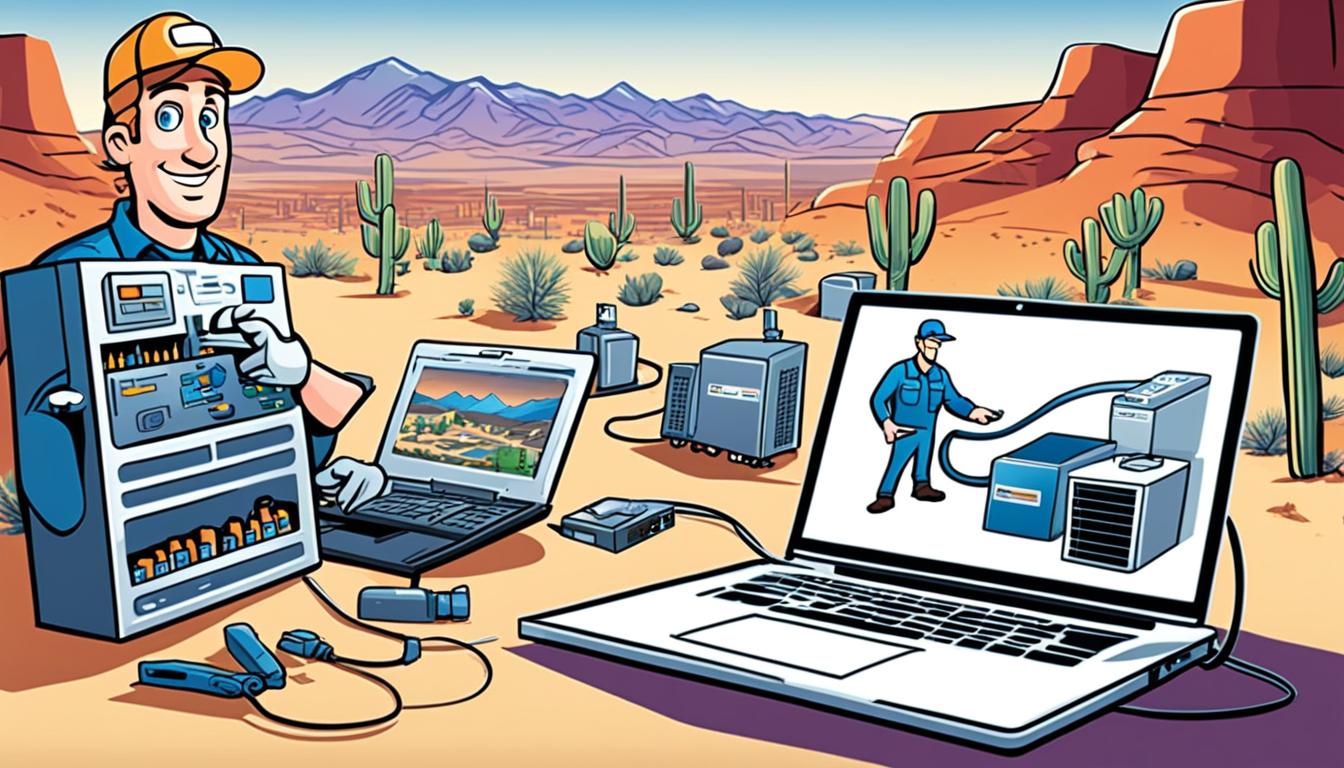Have you ever stopped to think about the impact of refrigerant leaks on our planet? It’s easy to overlook the consequences of something we can’t see or touch. But the truth is, refrigerant leaks can have a devastating effect on global warming and ozone depletion, two environmental issues that have far-reaching consequences for our planet and future generations.
Imagine this: you’re sitting in your living room on a scorching summer day, seeking solace from the sweltering heat. You turn on your air conditioner, grateful for the cool air that provides relief. But what if I told you that the refrigerant in your AC unit could be leaking harmful gases into the atmosphere, contributing to global warming and the destruction of the ozone layer?
Refrigerants, such as chlorofluorocarbons (CFCs) and hydrofluorocarbons (HFCs), have a powerful impact on our climate. These gases, once released into the air through faulty equipment or improper disposal, have the potential to accelerate global warming and deplete the ozone layer, exposing us to harmful ultraviolet rays.
Now, more than ever, it’s crucial to understand the implications of refrigerant leaks and take appropriate action to prevent further damage. As AC repair contractors, you hold the power to make a positive change by ensuring that refrigerant leaks are minimized and proper disposal methods are followed.
Key Takeaways:
- Refrigerant leaks contribute to global warming and ozone depletion.
- Certain refrigerants, like CFCs and HFCs, have a high environmental impact.
- Proper refrigerant management is crucial to reduce emissions and mitigate environmental damage.
- Licensed technicians play a vital role in minimizing refrigerant leaks and ensuring proper disposal.
- Regulations and initiatives are in place to promote sustainable refrigerant management practices.
Types of Harmful Refrigerants
Refrigerants play a crucial role in cooling systems, but certain types can have detrimental effects on the environment. Let’s explore the three main categories of harmful refrigerants and their impact on global warming and ozone depletion.
CFC Refrigerants: Ozone Depletion and Global Warming
Chlorofluorocarbons, or CFC refrigerants, are notorious for their harmful environmental impact. These refrigerants not only deplete the ozone layer but also contribute significantly to global warming. The production and use of CFCs have been banned in many countries due to their detrimental effects on the environment. It is crucial to phase out and replace existing CFC refrigerants with more environmentally friendly alternatives.
HCFC Refrigerants: Ozone Depletion and High Global Warming Potential
Hydrochlorofluorocarbons, or HCFC refrigerants, are another category of harmful refrigerants. While they are less damaging than CFCs, HCFC refrigerants still contribute to ozone depletion and have a high global warming potential. The second generation of HCFCs is currently being phased out internationally to minimize their environmental impact.
HFC Refrigerants: High Global Warming Potential
Hydrofluorocarbons, or HFC refrigerants, have gained popularity as an alternative to HCFCs due to their lower impact on ozone depletion. However, HFCs have come under scrutiny due to their high global warming potential. While they do not deplete the ozone layer, these refrigerants have a significant contribution to global warming. Efforts are being made to find more sustainable alternatives to HFC refrigerants to mitigate their environmental impact.
| Refrigerant Type | Ozone Depletion Potential | Global Warming Potential |
|---|---|---|
| CFC | High (Depletes the ozone layer) | High |
| HCFC | Medium (Contributes to ozone depletion) | High |
| HFC | Low (Does not deplete the ozone layer) | High |
Environmental Impact of Refrigerant Leaks

Refrigerant leaks can have a significant impact on the environment, with far-reaching consequences for global warming potential, ozone depletion, energy efficiency, and overall environmental damage. The release of refrigerants into the atmosphere contributes to the greenhouse effect and intensifies the ongoing issue of global warming.
For example, an HVAC system with refrigerant leaks not only harms the environment but also leads to increased operational costs and reduced energy efficiency. The loss of refrigerant can significantly affect the system’s performance, causing it to consume more energy and release higher emissions. This not only contributes to environmental damage but also drives up operational expenses for businesses and individuals.
In addition to the negative impact on energy efficiency, refrigerant leaks can accelerate ozone depletion. Certain refrigerants, such as chlorofluorocarbons (CFCs), were found to be responsible for the depletion of the ozone layer, leading to serious environmental consequences.
To put the scale of the problem into perspective, consider that the average commercial building with a 35% HVAC system leak rate can release a substantial amount of carbon into the atmosphere. This is equivalent to the annual emissions of 129 cars. These emissions further exacerbate the global warming crisis and contribute to the cumulative environmental damage caused by refrigerant leaks.
It is crucial to address refrigerant leaks and prioritize proper maintenance and repair of air-conditioning and refrigeration equipment. By doing so, we can mitigate the environmental impact, reduce energy consumption, and minimize operational costs. Furthermore, promoting the responsible handling and disposal of refrigerants is essential in preventing further environmental damage.
Environmental Impact of Refrigerant Leaks
| Effects | Consequences |
|---|---|
| Increased global warming potential | Contributes to the greenhouse effect, exacerbating climate change |
| Ozone depletion | Leads to the destruction of the ozone layer and harmful UV radiation |
| Reduced energy efficiency | Increases energy consumption and operational costs |
| Environmental damage | Contributes to cumulative environmental degradation |
Refrigerant Management Solutions
When it comes to reducing refrigerant emissions and minimizing the environmental impact, effective refrigerant management is crucial. By implementing the right strategies, you can control leakages, improve refrigeration efficiency, and ensure proper end-of-life disposal.
One key aspect of refrigerant management is having policies and regulations in place to promote recycling and proper handling of refrigerants. These regulations play a vital role in ensuring that refrigerants are disposed of responsibly and recycled whenever possible. Compliance with established guidelines is essential for minimizing the release of harmful substances into the atmosphere.
To encourage and support sustainable refrigerant management practices, there are economic incentives available. These incentives can include tax credits, financial rewards, or subsidies that help offset the costs associated with implementing environmentally friendly practices. By taking advantage of these incentives, AC repair contractors can not only reduce refrigerant emissions but also enjoy financial benefits.
Another important aspect of refrigerant management is capacity-building. This involves providing training and education to technicians and professionals in the HVAC industry. By enhancing their knowledge and skills, they can effectively handle refrigerants, detect and repair leakages, and ensure proper disposal. Strengthening capacity in the industry is crucial for ensuring the long-term success of refrigerant management practices.





0 Comments